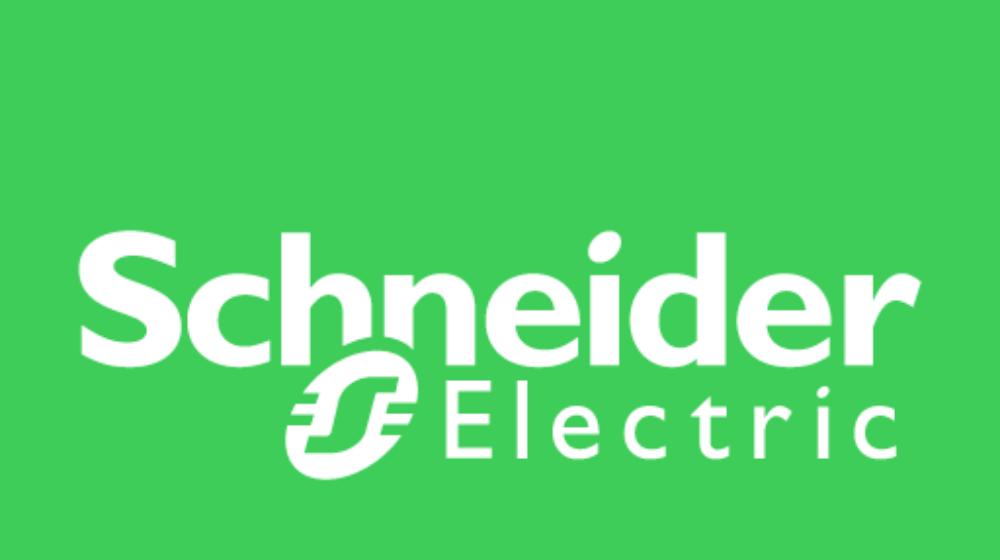By Dwibin Thomas, Cluster Automation Leader at Schneider Electric
11 September 2024,
A recent report published by ScienceDirect, highlights two storage technologies: battery storage (BS) which is generally lithium-ion based and green hydrogen storage (GHS). Whilst green hydrogen is well known as an energy source, it might come as a surprise (to some) that it is also an extremely efficient storage solution.
Today, green hydrogen is produced using renewable sources such as wind, solar or even gas to electrolyse water, separating it into hydrogen and oxygen. The hydrogen produced can then be stored and used as a clean energy source.
This process is highly effective and, importantly, generates no carbon emissions, making it a crucial component in the global effort to decarbonise energy systems.
Already, the above makes a compelling argument for green hydrogen but GHS takes the science to a whole new impressive level. For one, green hydrogen can be stored in smaller spaces compared to lithium-ion batteries. It is also more durable, and while the technology is currently more expensive, there is potential for cost reductions as the market matures.
Also, according to ScienceDirect, electrolysers will result in no air pollutants – during the hydrogen production process – if the electricity source is clean. Fuel cells, will therefore, only produce water vapor during electricity generation. Electrolysers also create hydrogen rapidly; fuel cells can produce electricity within seconds to a minute.
GHS is also extremely scalable, allowing it to be used in various applications from industrial processes to powering vehicles.
Overcoming the duck curve
In South Africa, solar and wind are viable and established energy sources. Unfortunately, it is limited to when the sun is shining, and the wind is blowing which is why energy storage forms such an important part of the energy generation infrastructure.
Looking closer at the variability of solar, in the US state, California, energy producers have observed a trend now referred to as the “Duck Curve.” In essence, the duck curve observes a drop in net load (or the demand remaining after subtracting variable renewable generation) in the middle of the day when solar generation tends to be highest.
Therefore, when graphed for a typical day, the pattern created by the midday dip in the net load curve, followed by a steep rise in the evenings when solar generation drops off, looks like the outline of a duck in water, so this pattern is often called a duck curve.
The question facing policymakers, engineers, and businesses is how to store that clean energy in a way that can outsmart problems like the duck curve.
In South Africa, we are starting to face a similar problem, our own duck curve is emerging. According to Stellenbosch University’s Centre for the Renewable and Sustainable Energy Studies (CRSES), the introduction of PV into the electricity system (both on a utility scale and as embedded generation) will result in increased ramping being required from the rest of the system in the morning and evening.
“This phenomenon is commonly referred to as the duck curve. This can become a problem when the size of the required ramp starts to strain the ramping capabilities of the system,” says the CRSES.
A viable answer
GHS has the capability to store vast quantities of clean energy for long durations which can then be used during peak demand and for seasonal energy balancing. Once produced, green hydrogen can be used in stationary fuel cells for power generation or stored as a compressed gas, cryogenic liquid, or wide variety of loosely bonded hydride compounds for longer-term use.
Therefore, when the sun sets or the wind stops blowing, grid operators can turn to the GHS to keep the lights on until the energy supply recovers in the morning.
In South Africa, green hydrogen’s energy and storage properties can also contribute to economic growth and a stabilised grid, positively impacting the country’s decarbonisation and energy security efforts.




